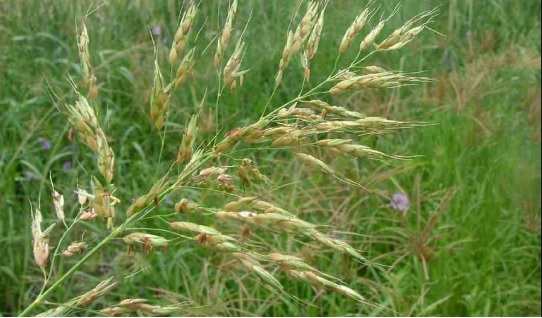
Sorghum halpense 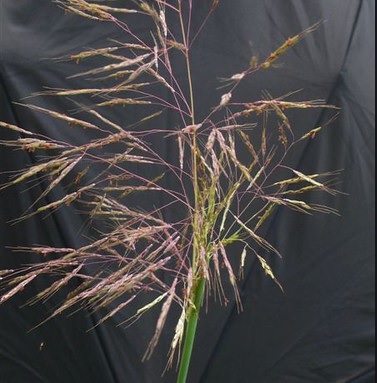
Bothriochloa intermedia 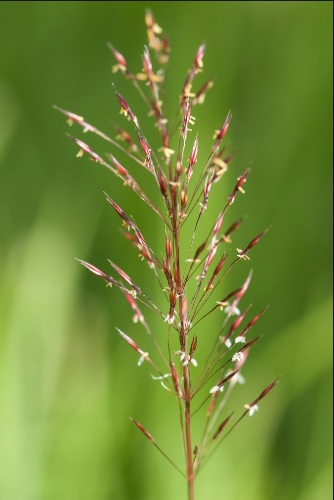
Chrysopogon aciculatus 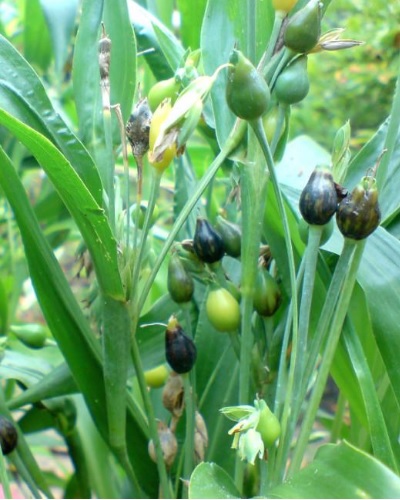
Coix lachryma-jobi 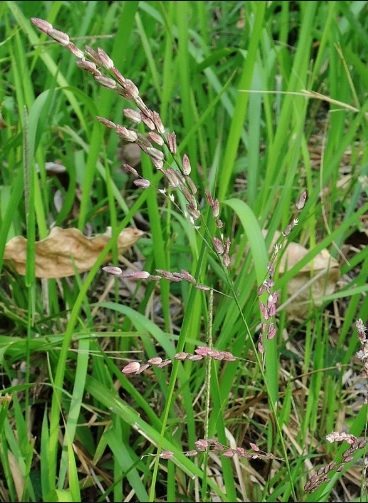
Eragrostis unioloides 
Ischaemum rugosum 
Iseilema laxum 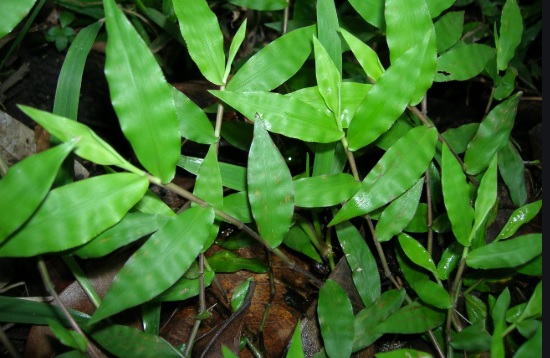
Oplismenus 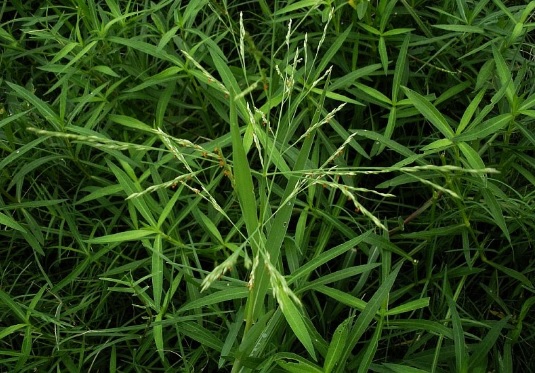
Panicum paludosum 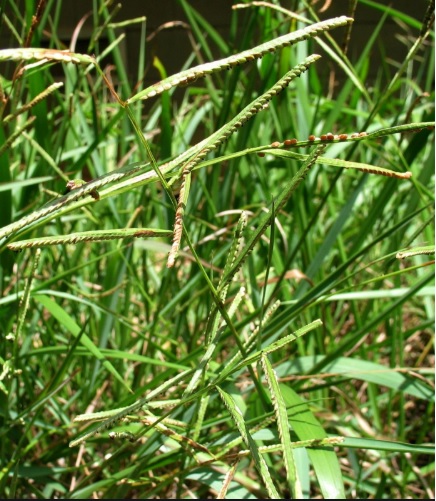
Paspalum scrobiculatum
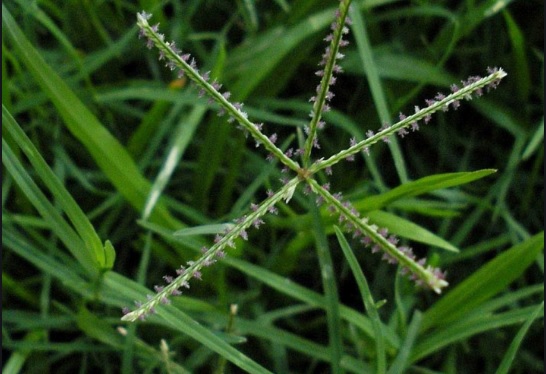
Cynadon dactylon 
Dicanthium annulatum 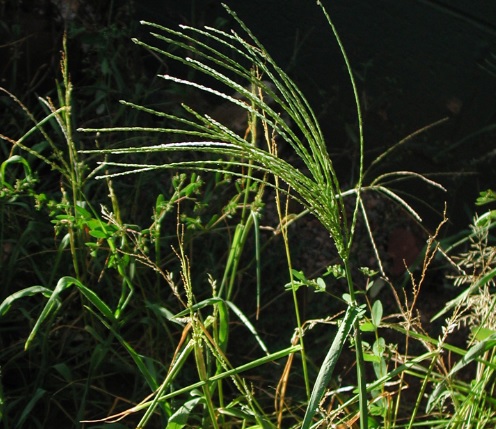
Digitaria sanguinalis 
Echinchloa colona 
Eleusine indica 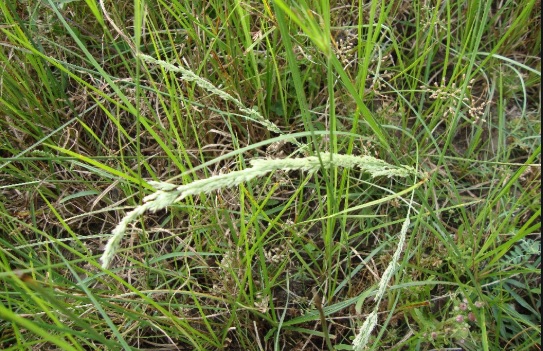
Eragrostis gangetica 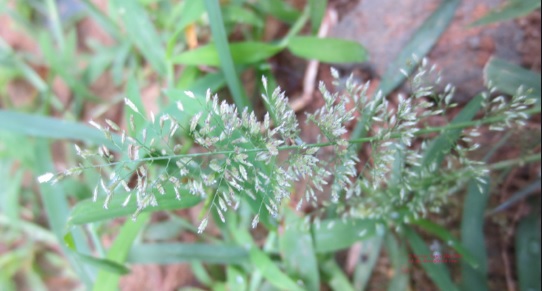
Eragrostis tenella 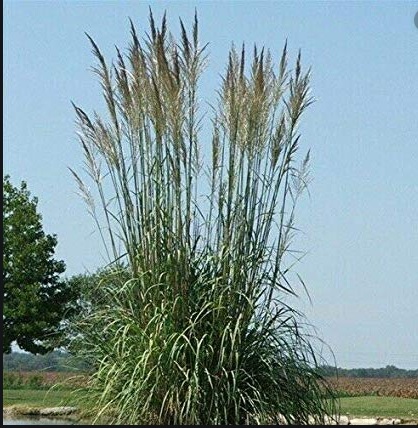
Erianthus ravennae 
Microstegium cilliatum 
Pharagmites karka 
Rottboelia cochinchinensis 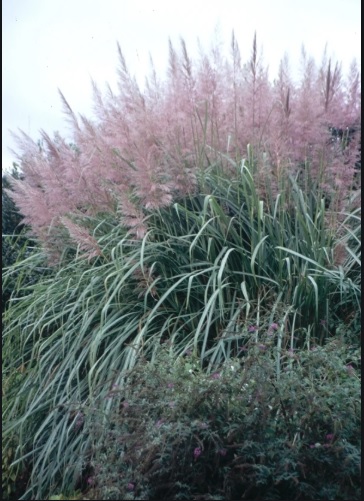
Saccharum arundinaceum 
Sehima nervosum 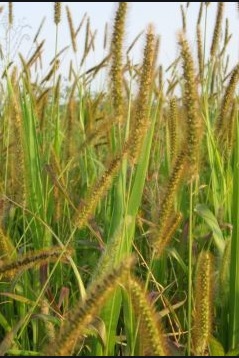
Setaria glauca 
Thysanolaema maxima
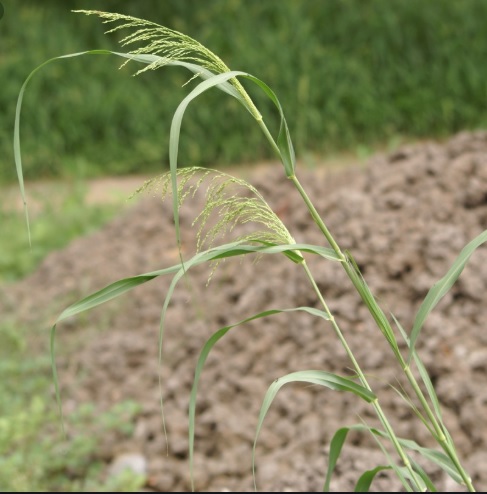
Panicum antidotale 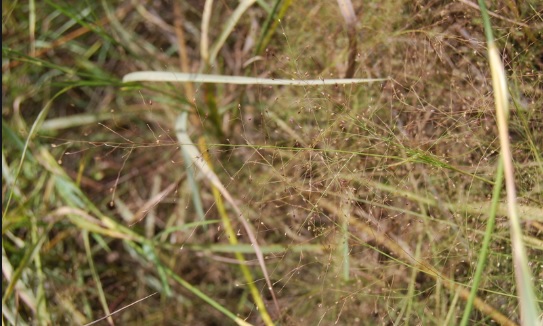
Panicum humile 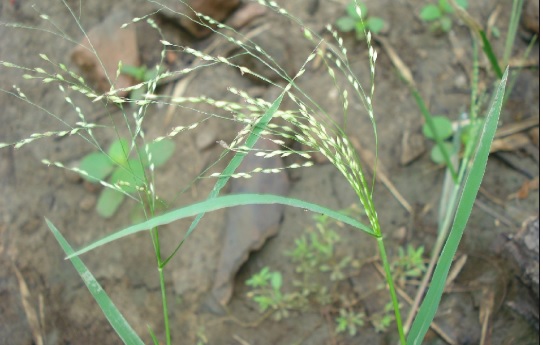
Panicum psilopodium
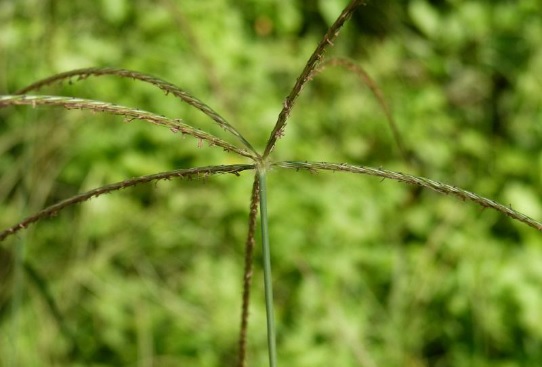
Apulda aristata 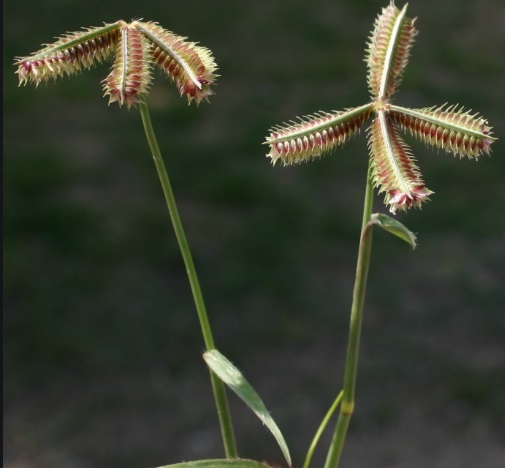
Dactyloctenium aegyptium 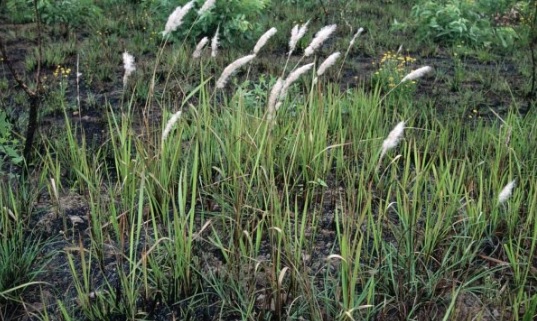
Imperata cylindrica 
Paspalum flavidum 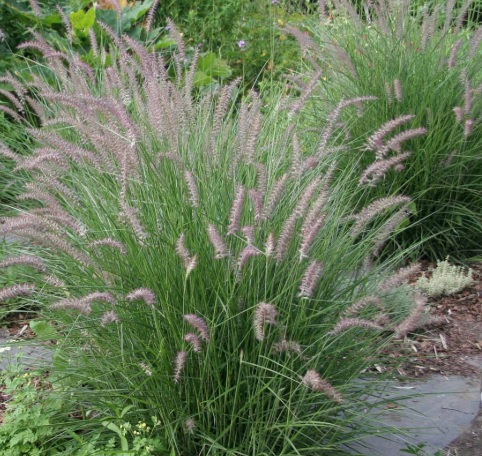
Pennisetum orientale 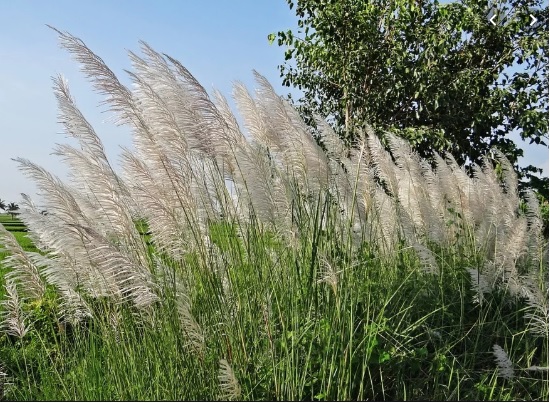
Saccharum spontaneum 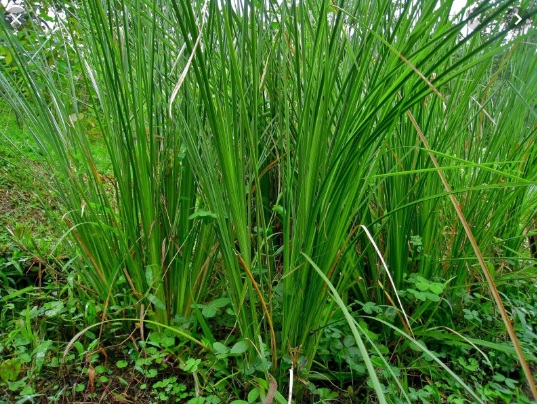
Vetiveria zizanoides
| Grass Name | Local Name | Uses |
| Bothriochloa intermedia | Sandhar | Thatching; fodder at young stages |
| Chrysopogon aciculatus | Sikola | Fodder; broom making, hats, mats, brushes etc; controls soil erosion |
| Coix lachryma-jobi | Gharu Ghas | Fodder for fattening; seeds eaten also medicinal uses for abdominal tumours, oesophageal, gastrointestinal, and lung cancers, various tumours, as well as excrescences, warts, and whitlows; used as rosary beads, plant for matting; fermented for beer and wine also tea; roots used in menstrual disorders, antihelminthic. can stand wet areas. |
| Cynodon dactylon | Dub | Best fodder; diurectic and sedative; sand binder, bank stabilisation & lawns; cooling drink made from young leaves; decoction of the whole plant is used as a treatment for conditions such as anasarca, anuria, calculus, cancer, carbuncles, convulsions, cough, cramps, cystitis, diarrhea, dropsy, dysentery, epilepsy, headache, hemorrhage, hypertension, hysteria, insanity, kidneys, laxative, measles, rubella, snakebite, sores, stomach aches, stones, tumours, urogenital disorders, warts, and wounds; The leaves are added to baths in order to prevent itching; The crushed leaves are applied to minor wounds as a styptic to stop bleeding; useful in the treatment of leucoderma, bronchitis, piles, asthma, tumors, and enlargement of the spleen; useful against grippe in children, and for pains, inflammations, and toothache; the plant is used to treat all types of bleeding and skin troubles. Stands light shade. |
| Dicanthium annulatum | Janera, Nalli | Good Fodder |
| Digitaria sanguinalis | Siuri/Sehri | Good Fodder; increases milk; seed is eaten; A decoction of the plant is used in the treatment of gonorrhoea; remedy for cataracts and debility, it is also said to be emetic; A fibre obtained from the plant is used in making paper. |
| Echinchloa colona | Sanwa | Good fodder for fattening; grain is famine food; Young plants and shoots – raw or cooked |
| Eleusine indica | Mirwani | Good fodder; grain is famine food; Young seedlings & roots – raw or cooked and used as a side dish with rice; It is used in the treatment of bladder disorders, liver complaints, relieve pain caused by straining the abdominal muscles etc; also used in the treatment of influenza, hypertension, oliguria and retention of urine; The plant is applied externally to open wounds to stop bleeding; whole plant is boiled with black sage for use in a sitting bath to treat fevers, colds, malaria, and for post-childbirth cleansing of a mother; The fresh leaf juice is used as an anthelmintic, and is also prescribed for women after giving birth; poultice of the leaves is applied to sprains and back pains; decoction of the macerated leaves is used to treat skin rashes;decoction of the roots is used to treat fevers and asthma. Stabilises sandy soils; used in manufacture of mats, baskets and paper |
| Eragrostis gangetica | Jenkua | Good Fodder; Seed is famine food; decoction of the plant is used as a treatment for sore feet |
| Eragrostis tenella | Chiriachuna | Good Fodder; Seeds is famine food; lawn turf, road divider |
| Eragrostis unioloides | Makhia | Good Fodder; Green manure |
| Erianthum ravannae | Dolu | Ornamental & buffalo fodder; prevents soil erosion |
| Ischaemum rugosum | Maror | Fodder @ young stages; famine food; mulching & composting |
| Iseilema laxum | Musal | Good Fodder |
| Microstegium cilliatum | Sau | Buffalo fodder; stands light shade. |
| Oplismenus | Poor fodder; revegetation and reclamation in shady or wet areas, though some can be invasive; stands deep shade. | |
| Panicum paludosum | Good Fodder; stands wet areas. | |
| Phargmites karka | Bansi | Tender shoots are eaten by horses; hollow culms are made into pipes; Young shoots – cooked; Beds of this plant can be used for water purification purposes; The plant has a dense root system and is an excellent species for planting by water to protect the land from erosion; plant seems to be a reliable indicator of fresh water. The panicles are used to make broom; stems have been used for weaving coarse hats, mats, hurdles etc; split and woven into coarse matting for covering the sides of houses, for partitions, and for ceilings, often covered with whitewash or mud, and serving as laths for plastering; stems can be used for fuel. Stands wet areas. |
| Rottboelia cochinchinensis | Poor fodder; grains are famine food; medicinal uses for dropsy, swellings, gout and odema | |
| Saccharum arundinaceae | Munj | Used in making walls of huts; The youngest leaves are eaten as vegetable and in salads; Often planted as a hedge around betel pepper gardens; It is frequently planted in lines or dividing hedges, especially in low-lying localities subject to periodic inundation; The leaf sheathes are a source of fibre, known as ‘Munj fibre’ which is strong and elastic, it has the wonderful power of enduring moisture without decaying; used for making cloth, cordage, ropes, mats; mats are reported to be proof against white ants, leaf blades, and also the flowering stems, are used for thatching; stems are used for making chairs, stools, baskets, screens etc; leaf blades are used as a material for making paper;internodal part of the culm is hardened and then cut into implements for writing; culms are used like bamboo for construction purposes; stands wet areas. |
| Sehima nervosum | Sain | Best fodder; |
| Setaria glauca | Bundra | Good fodder; seeds are famine foods; treatment of dyspepsia, poor digestion and food stagnancy in the abdomen; white seeds are refrigerant and used in the treatment of cholera and fever; green seeds are diuretic and strengthening to virility. The plant can be sown in contour strips for erosion control; The straw is used for thatching and bedding. |
| Sorghum halepense | Barru | Good fodder; famine food; biomass source |
| Thysanolaena maxima | Jharu | Used for broom making; screening & hedges; stands light shade. |
| Panicum humile | Bhulana | Fodder; |
| Panicum psilopodium | Jhonsi Chikna | |
| Panicum antidotale | Fodder at young stage; medicine for throat infection; for fumigating wounds & remedy for hydrophobia; seeds eaten; The plant is said to be an excellent sand binder and is used for stabilizing soils. |
